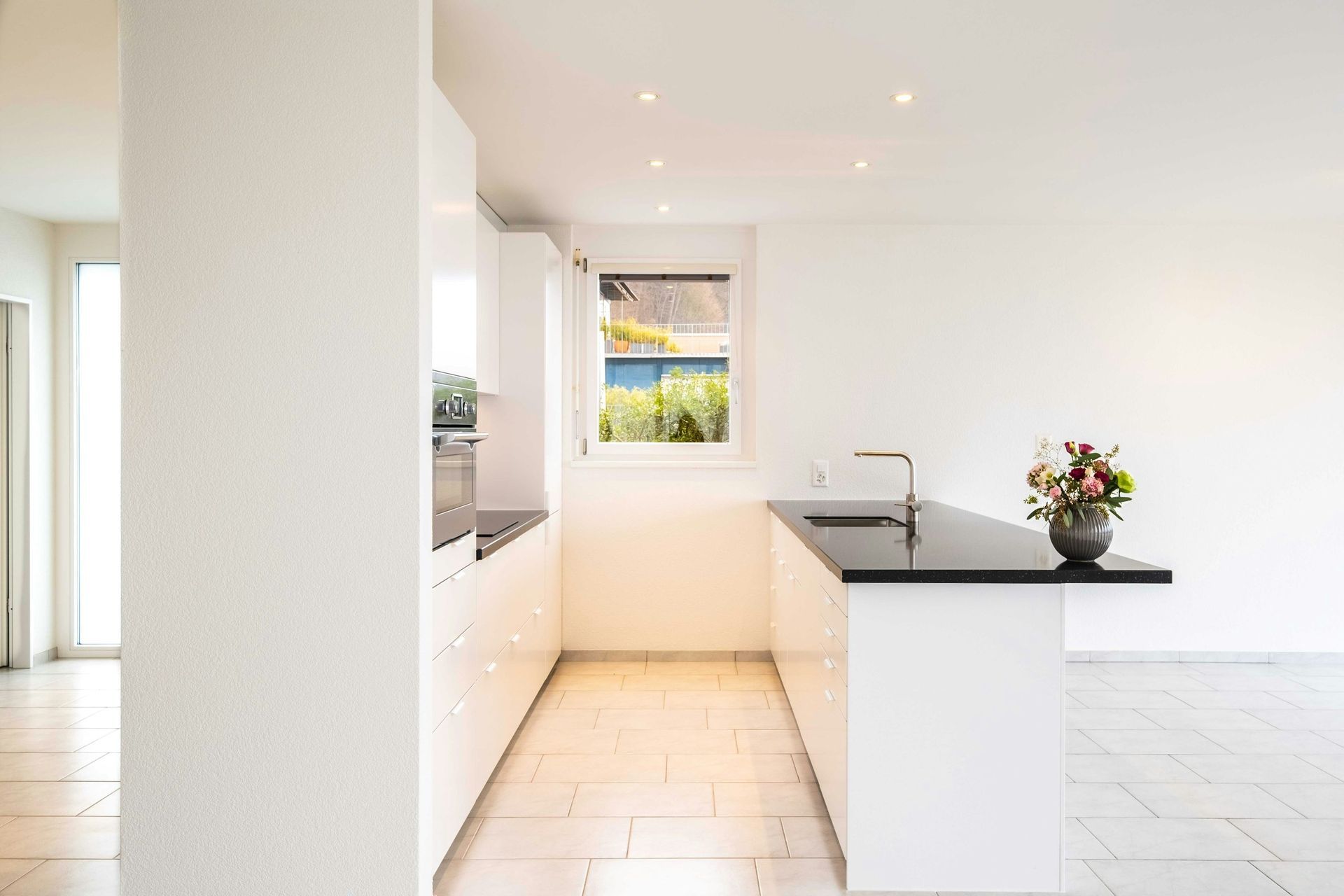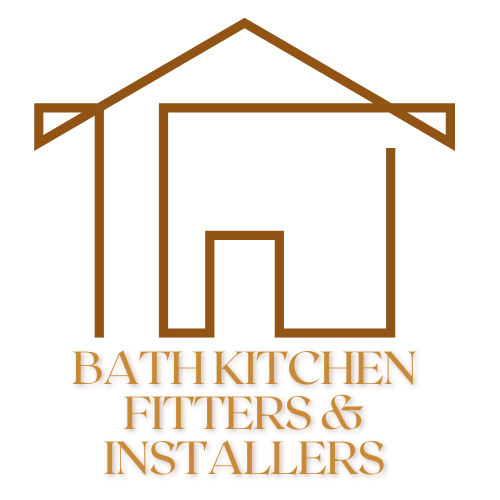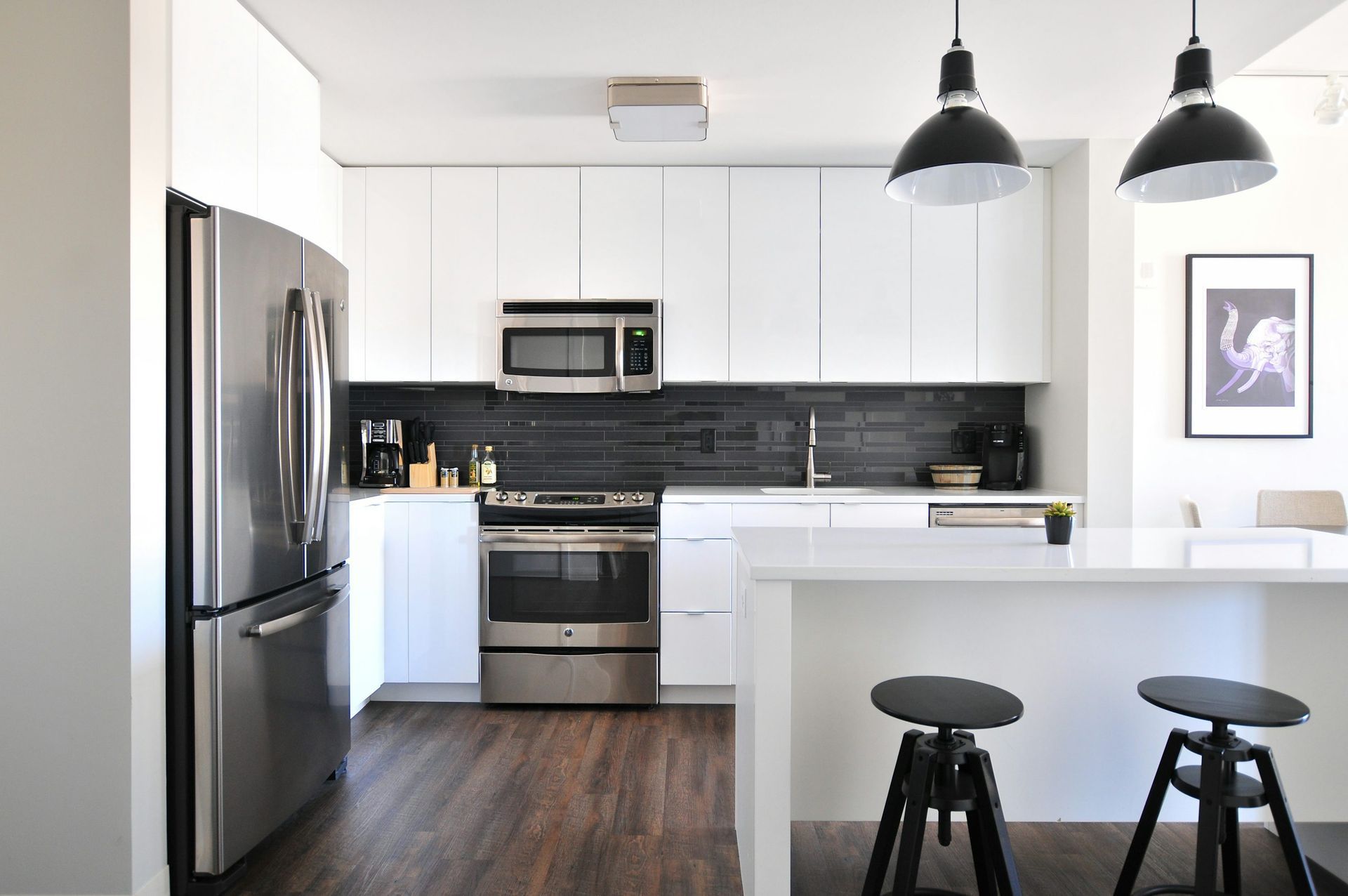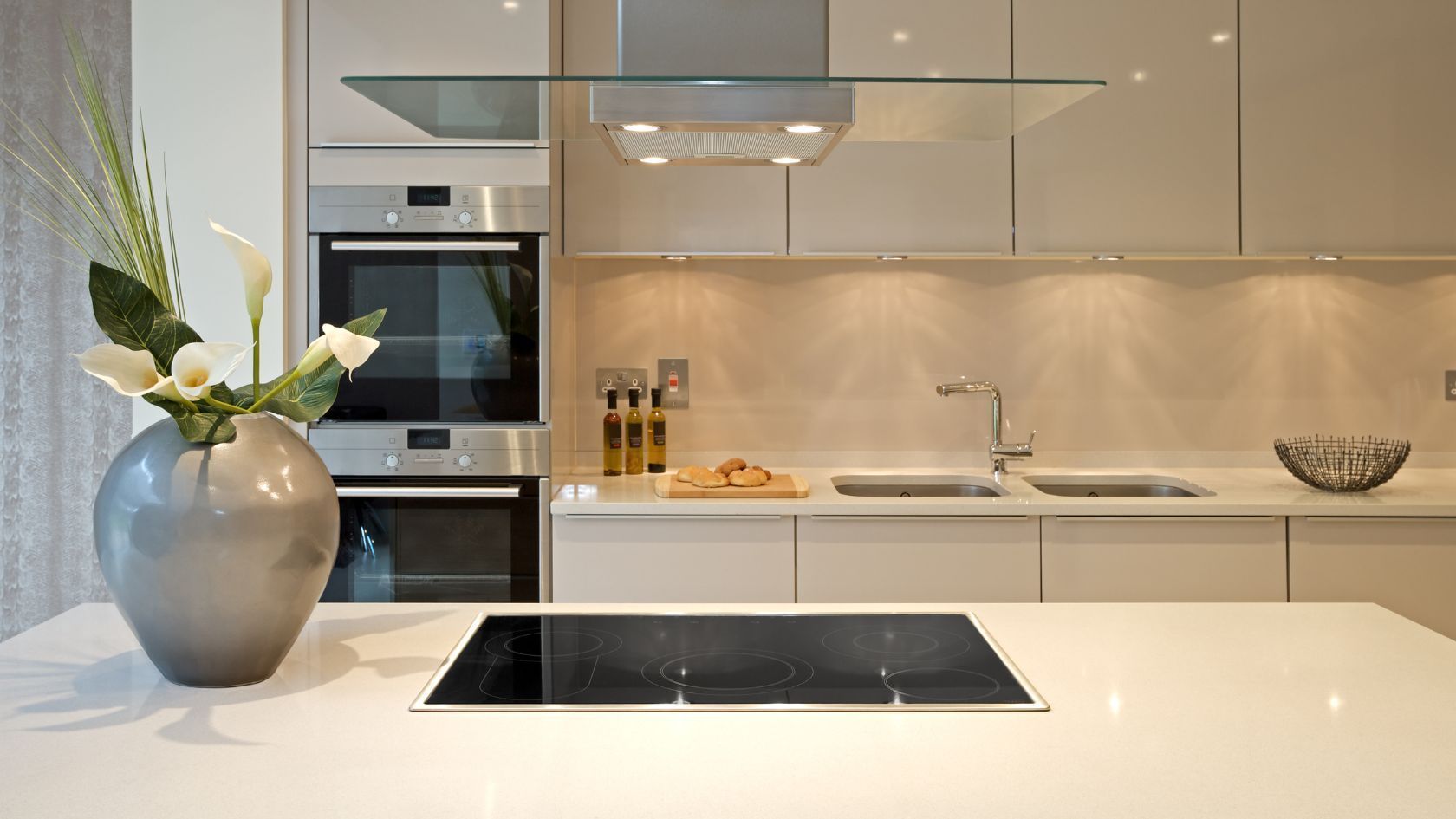Setting Realistic Kitchen Renovation Budgets: What to Expect
Setting Realistic Kitchen Renovation Budgets: What to Expect
For many UK homeowners, updating a kitchen is one of the most rewarding – and expensive – improvements they’ll ever take on. Balancing the immediate spend with the long-term benefits is key. A clear understanding of where the money goes helps prevent underestimating costs and ensures the final result is both practical and valuable.
Budget Levels
Most kitchen projects fall into three broad categories:
- Entry-level (£5,000–£8,000): Focus on surface updates like laminate worktops, cabinet refacing, and standard appliances.
- Mid-range (£8,000–£15,000): Full unit replacement, integrated appliances, and upgraded worktops such as quartz or stone.
- High-end (£15,000–£35,000+): Bespoke cabinetry, premium finishes, and significant layout or structural changes.
The 5–15% Rule
A widely accepted guideline suggests setting aside 5–15% of your property’s value for a new kitchen. This prevents overspending while still ensuring your investment adds value. For example, a £300,000 home would sensibly justify spending between £15,000 and £45,000, with most homeowners leaning towards the mid-range bracket.
Cost Breakdown
- Cabinetry (≈35%): The largest expense. Ranges from £2,000 for flatpack to £25,000+ for bespoke.
- Labour (20–30%): Fitters, electricians, and plumbers typically charge £150–£400/day, with installs taking 5–10 days.
- Appliances (≈15%): Budget packages start around £1,000, while premium brands exceed £10,000. Energy efficiency can offset higher upfront costs.
- Worktops (≈10%): Laminate from £100/m², timber £150–£350/m², and stone/quartz £300+/m².
- Contingency (10–20%): Essential for unexpected issues, especially in older homes with outdated wiring or plumbing.
Key Considerations
- Retaining your existing layout reduces plumbing and electrical alterations.
- Avoid picking finishes purely for aesthetics — poor lighting or weak storage planning leads to regret.
- Professional installation ensures compliance and quality, offering both immediate satisfaction and long-term property value gains.
Final Thoughts
The best kitchen budgets combine affordability today with functionality and added value tomorrow. By planning realistically, setting aside contingency, and focusing on both form and function, homeowners can achieve a kitchen that enhances everyday life and boosts resale potential.
Pros & Cons of Kitchen Renovation Budgeting
Pros
- Following the 5–15% rule keeps spending realistic and tied to property value.
- Proper budgeting avoids nasty financial surprises during the project.
- Upgrades can add up to 10% to resale value.
- Energy-efficient appliances reduce long-term bills.
- Professional installation ensures safe electrics and plumbing.
- Material choices at every price point give flexibility.
Cons
- High upfront investment (£5k–£35k+ depending on spec).
- Older homes may reveal hidden costs (plumbing, wiring, structural issues).
- Moving layouts adds to labour and timeline.
- Trades can be costly (£150–£400/day, 5–10 days average).
- Temporary disruption – dust, noise, limited kitchen use.
- Choosing style over function can lead to regrets.
| Category | Typical Cost Share | Examples |
|---|---|---|
| Cabinetry | ≈35% | Flatpack <£2k · Bespoke £25k+ |
| Labour | 20–30% | Fitters £150/day · Electricians £200–£400/day |
| Appliances | ≈15% | Budget £1k · Premium £10k+ |
| Worktops | ≈10% | Laminate £100/m² · Quartz £300+/m² |
| Contingency | 10–20% | Hidden issues in plumbing, wiring, structure |
You might also like
Bath Kitchen Fitters & Installers





